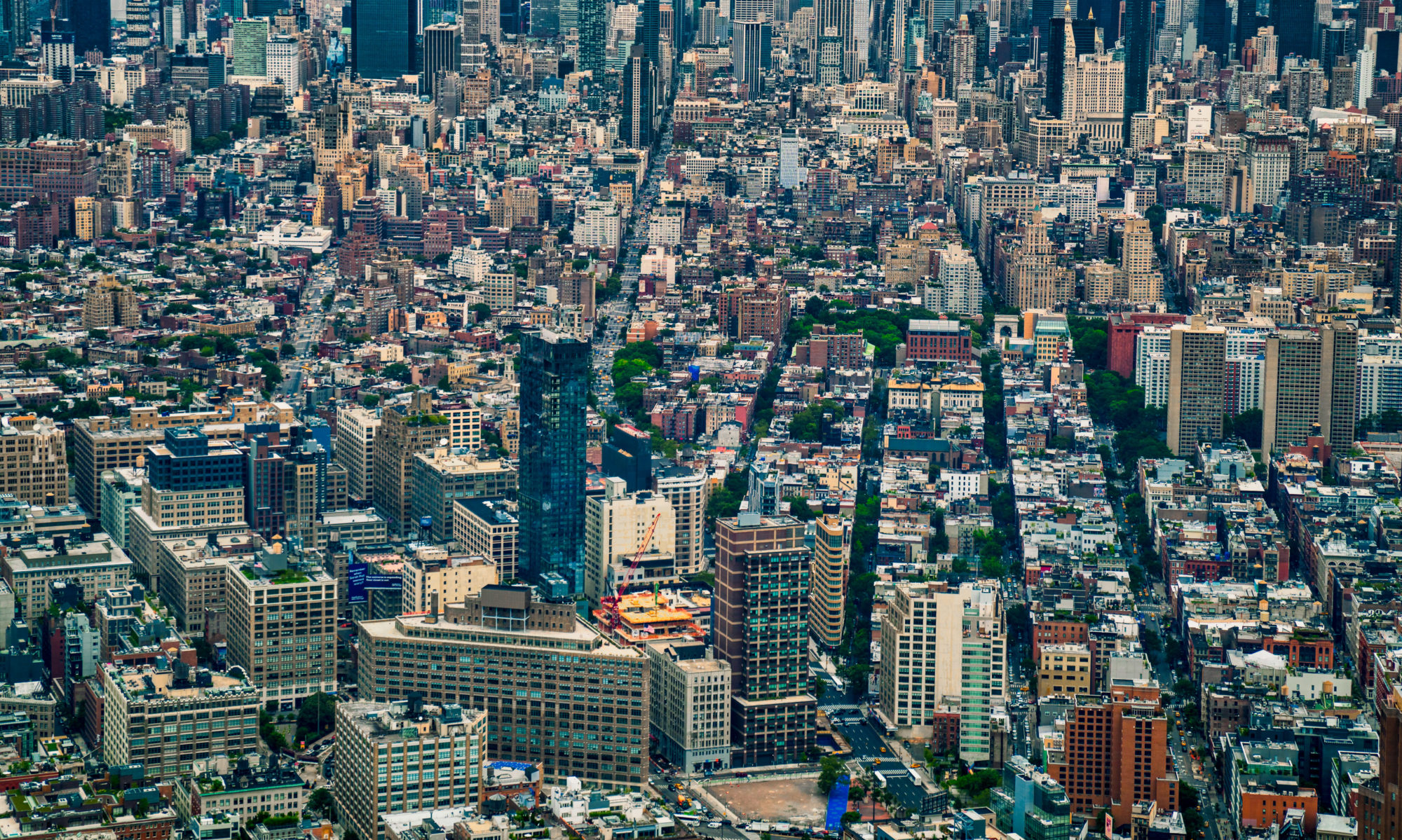The minimalistic aesthetic is something I look for wherever I go. It’s easy to compose minimalistic scenes when facing out to sea; the ocean is a natural canvas. A pier or ship or any solitary object creates an object of interest. My theory is that minimalism provides more room for interpretation and connection to the viewer precisely because there is less to look at.
Daily Image

More difficult perhaps is minimalism in a big city. It involves framing singular aspects of objects in a way that give them space and room to breath. Unlike an open ocean, capturing minimalism becomes a puzzle within the visually crowded confines of a city. For whatever reason I’ve notice that German photographers seem to be good at this. Maybe it’s a reflection of the culture in some way.
A minimalistic aesthetic as it applies to architecture photography involves seeing things in an isolated way. It’s attention to the little details in plain site that escape most of us. It’s a pursuit that points out what we see but don’t recognize. In my opinion artful photography helps us see with new eyes.
As an aside, I have a very clear recollection of taking this old pier at Gasparilla Island. A few minutes later I slipped and broke my camera. That was over two years ago but it’s never far from my mind. Since then I am extra careful when handling my camera. However, the other day I dropped my camera on the pavement as I was getting out of my car. It dropped from about two feet and I was lucky because there was no damage. But I was rushing and that led to the mishap.
more minimalism
Anyway, it’s good to slow down when looking for minimalism in a city or the sea. By taking extra time we might notice the less obvious perspectives in plain sight. An additional benefit of slowing down is we’ll be less likely to drop a camera.










